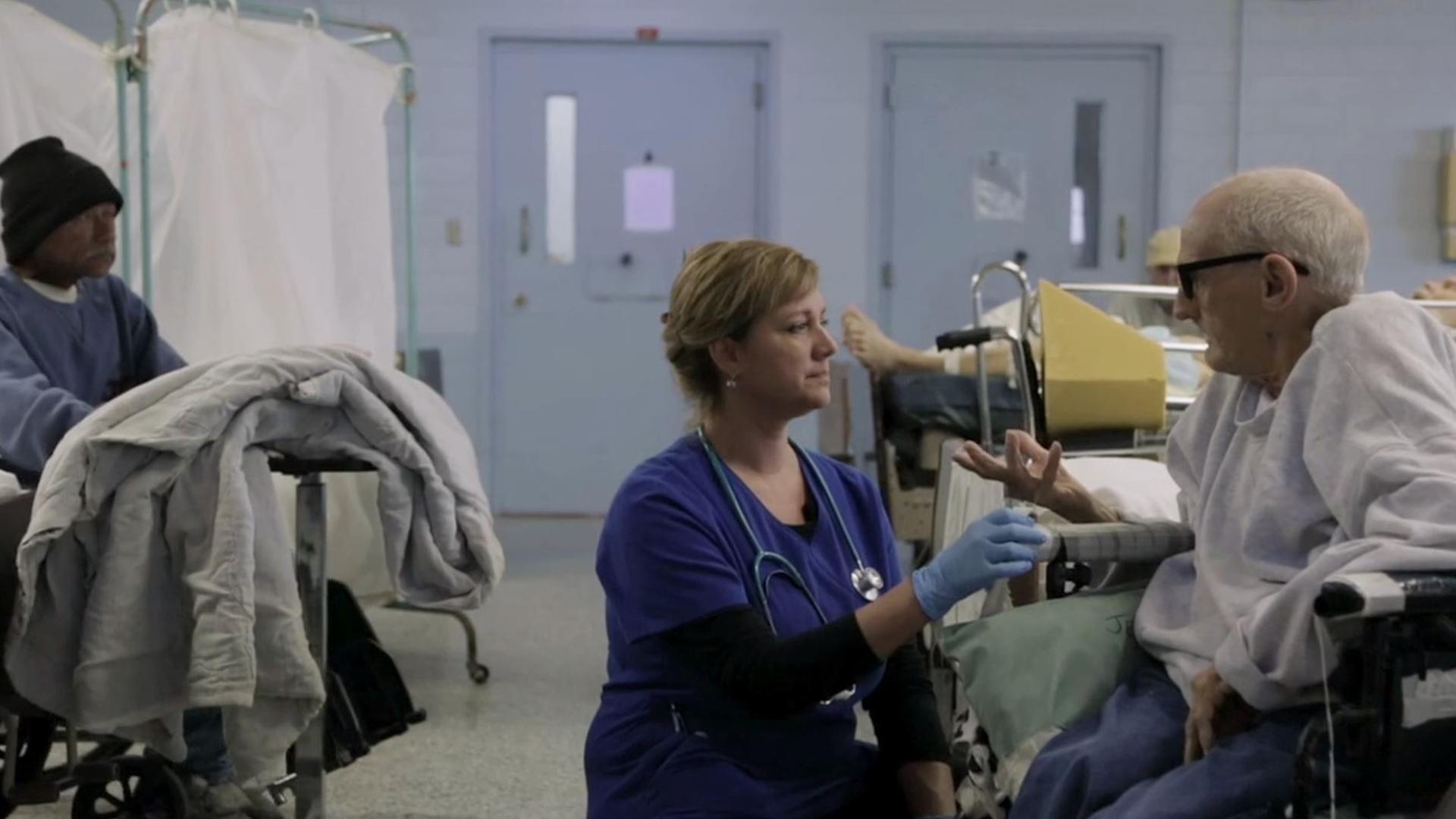Spanish is the number two most popular language in the world and Spain national language. Everyone at some point requires care, by a nurse. When you work as a nurse, it is a given that you will encounter patients from different backgrounds and they expect the same treatment as other. In some cases, nurses come into contact with patients who speak a different language.
Patients can be non-English speakers. Spanish is one of the most languages with many speakers across the United States and many other English speaking countries. It is vital to learn some common words and phrases that enable you to communicate, understand their needs and offer them the best care possible.
10 Essential Spanish Phrases for Nurses
1. Como se llama?
This is a question asking what your name is. It is one of the first questions that a nurse should ask after meeting a patient. In clinical settings, it is essential to verify the identity of a patient. Name/identity helps in locating the family of a patient or just making sure that you in right examination room or ward. You need to know how to ask a patient's name In Spanish in the case you meet a Spanish patient.
2. Me llamo
Means my name is. When a patient gives a name, it is polite also to say your name.You can add ""y soy suenfermera" to say I will be you nurse.
3. Tiene dolor?
It means are you in pain? Asking patients whether they are in pain is an essential question for a nurse to ask. Their answer helps a nurse to know how to assess and diagnose the patient. It also helps nurses to determine if the condition of the patient is critical and the most effective treatments to administer.
If you are looking for the best Spanish Nursing Writing Services, you can try nursingwritingservices.com. A reputable professional nursing writing company that has been around for years. Each order come with 100% money back guarantee for delivery and quality.
4. Donde le duele?
Meaning of "donde la duele" is where it hurts. It is natural that after a patient says he or she is in pain, the next move by a nurse is to ask about the location for you to do an examination.
5. Tienehambre?
The essence of care is to ensure that a patient is comfortable. To find out if a patient wants to eat is an essential component of care. For a Spanish to understand the question are you hungry, say tienehambre. If you want to ask are you thirsty, say "tienesed|?"
6. Regreso en unmomento.
Use this phrase when leaving the patient for a moment. It means I will be right back. Some patients are anxious, and when you leave, they feel as if they are left on their own. It is nice that you inform your patients know that you will return to them in a short moment.
7. Tienepreguntas?
Means do you have any questions.After attending s to patients, it is necessary to establish if they have understood what you have been saying. Medical terminology can be complicated, and it is good to encourage them to seek clarifications about test result, medication or care instructions.
8. Use el botón para ayuda.
This phrase is mostly applicable to patients in a hospital ward. It means push the call button for help. It lets your patient to know that the call button is the way of getting your attention if they require some assistance.
9. Llame antes de levantarse
Certain medical conditions or procedures make it difficult for patients to rise from a bed or chair.Use this phrase to remind patients of such conditions to "ask for help before you get up."
10. Puedeir a casa hoy.
A doctor will discharge a patient who gets better from the hospital. Tell a patient “you can go home today” by saying "Puedeir a casa hoy" for them to know the good news and start making travel arrangements.
The phrases above will help you communicate better with a Spanish speaker. It is advisable to learn the right pronunciation.


